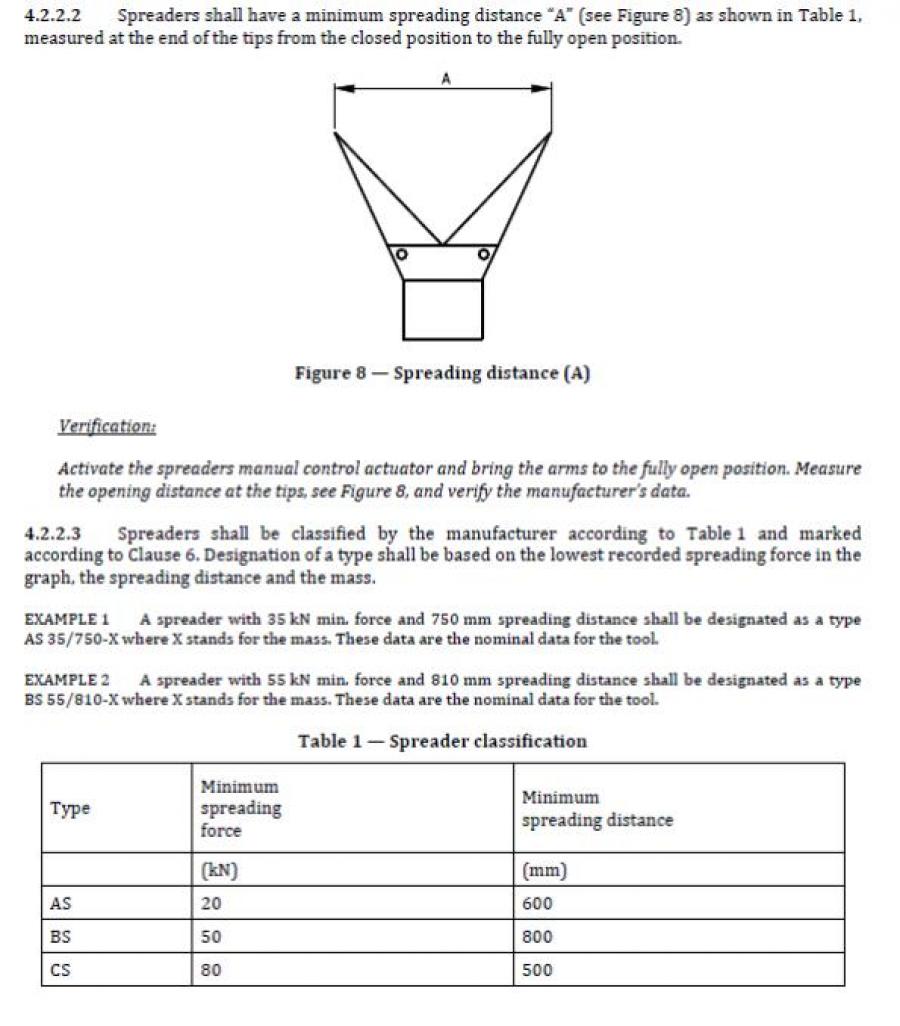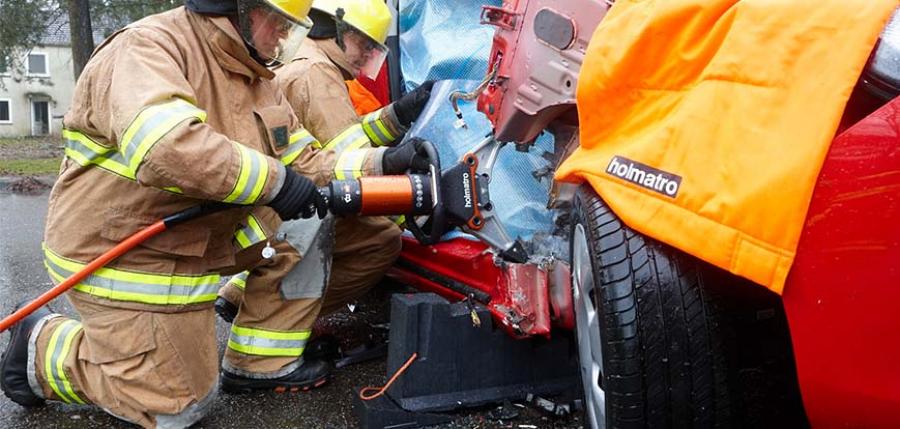Is Biggest Always Best?
There will always be debates about rescue equipment and more precisely, which tools are important. In recent blogs, I have talked about rams and our general reticence to engage with them to a point of becoming 100% confident in their use. Likewise, I often hear rescuers express a preference for bigger, heavier equipment over the new generation of lightweight, more compact options, often because they feel more confident and able to ‘achieve more’.
Lighter & more compact tools, same outcome
Last year, in Australia, at their national extrication challenge, I was responsible for spending one hour with every team in an educational environment and I entered the session with a plan. My aim was to start the session with ‘normal’ sized tools, the ones most of us have been using for at least two decades, and subsequently introduce more compact variants to gauge initial reaction and witness their operational application. Essentially, I set out to prove that smaller and lighter, more compact tools, could still achieve the same outcomes.
Prescribed by the standards
Human nature dictates that my introduction of the smaller tools did, with nearly everyone, create an air of doubt. It was an interesting dynamic to watch; and maybe a situation largely created by tool manufacturers themselves. You see, the size, weight and performance of tools has historically been determined not by the user or the application, but by the norms and regulations which govern the manufacture of the products. This is why a hydraulic spreader must have a certain minimum opening (see Figure 8 below), to satisfy the European EN 13204 norm. What relevance does this number have and is it necessary? The problem is that a customer (very often) has to specify EN or NFPA compliant tools, meaning that smaller, more compact tools, often are not an option.
FIGURE 8 - MINIMUM SPREADING DISTANCE EN 13204

The proof is in the pudding
Anyway, back in Australia, every team (without exception) were surprised by what could be achieved with smaller and more compact tools. In reality the same evolutions could be completed with less physical burden by using tools that were much lighter. Sometimes this required a slightly different approach but nothing that could not be worked out by the user themselves.

You will be surprised what you can achieve with a smaller and ligher tool.
Try a smaller one
Just like hydraulic rams, the use of smaller tools is, for most, a step into the unknown which is a place we often feel very uncomfortable. I am safe in the knowledge that using these smaller tools will allow me to successfully perform every task I have done for the previous 25 years, albeit sometimes with a very small change in technique. And there is the take home message: any tool, no matter what its size, weight and dimensions, is only as good as the user and their ability. My advice, try a smaller one. You will be surprised just how much you can do with so little…..
As always I welcome your comments.
Ian Dunbar